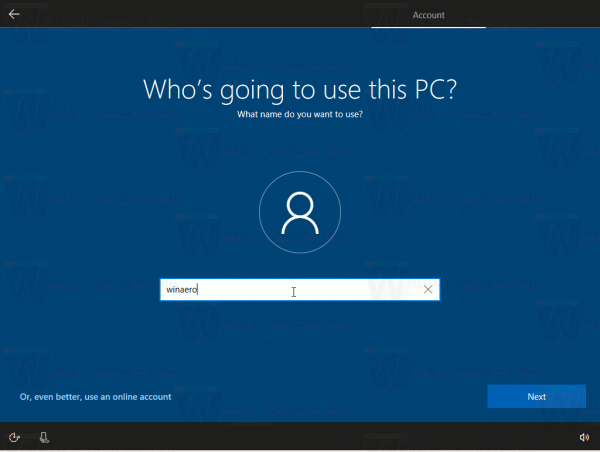

- #How to make a ubuntu bootable usb using windows 10 how to#
- #How to make a ubuntu bootable usb using windows 10 download for windows#
- #How to make a ubuntu bootable usb using windows 10 install#
- #How to make a ubuntu bootable usb using windows 10 upgrade#
- #How to make a ubuntu bootable usb using windows 10 windows 7#
Make sure to backup any data prior creating the the bootable Ubuntu 20.04 USB startup disk. Insert your USB stick which will be used to create the bootable Ubuntu 20.04 USB startup disk. Select any desired desktop flavour whether it be Ubuntu, Kubuntu, Lubuntu etc.
#How to make a ubuntu bootable usb using windows 10 upgrade#
You can just upgrade some packages instead of upgrading them all. First step is to download the Ubuntu 20.04 ISO image. Personally, I have an error updating the kernel, as this seems to involve mounting the filesystem.squashfs file. Ubuntu only supports casper-rw files on FAT32 partitions, so you can not use more than 4GB. To use Ubuntu persistent for more than 4GB, you can use partitions instead of casper-rw files, read more at LiveUsbPendrivePersistent. Data and settings such as keyboard layout, numlock, preferences, additional packages and browsing history will not be lost when you shutdown, they will be permanently stored unless you delete it. Persistent mode only applies to Ubuntu Live USB.ĪIO Boot will create a casper-rw file at the size you chose, which is located in the directory where Ubuntu was extracted ( \AIO\Files\Linux\ubuntu-xyz). If you want to resize, just create a casper-rw file in ext3 format at the size you want and overwrite the existing casper-rw file. Or simply extract the data.img file in the \AIO\Tools\DATA.IMG directory and rename it to casper-rw. Remember to back up important data first. Making a Ubuntu persistent usb will be very helpful, you can save the data and settings for future use.
#How to make a ubuntu bootable usb using windows 10 install#
Once done, you can run Ubuntu from USB without having to install Ubuntu onto your hard drive. Select the size you want to use, see below.
#How to make a ubuntu bootable usb using windows 10 windows 7#
For Ubuntu Server, you can use Partition Image Mapper or PartIMG Mapper.įirst, you need to install AIO Boot for USB if you have not already, AIO Boot support runs on Windows 10, Windows 8, Windows 7 and even Windows XP. Next, you need to download the Ubuntu ISO file, all versions from 12.04 to 18.04 and the latest version is supported by AIO Boot.

However, this article is only for Ubuntu Desktop version, you can run Ubuntu from USB without installing to the hard drive.
#How to make a ubuntu bootable usb using windows 10 how to#
There are many software that support this but in this article I will show you how to make Ubuntu bootable USB from ISO with AIO Boot. What are the things that this software will help you? This article will guide you how to make Ubuntu bootable USB on Windows. We need to Install balenaEtcher to our Windows PC, go to the directory where you have downloaded the file, and make a double click on a download file, click on Run.Ubuntu is one of the most popular and widely used Linux operating systems.

#How to make a ubuntu bootable usb using windows 10 download for windows#
Click on Download for Windows (x86|圆4) wait for a few seconds to start downloading balenaEtcher. To download balenaEtcher visit official site. Etcher is one of them, and we recommend using it as it is way faster to create a bootable USB stick than other utilities. There are many tools available to create a bootable USB stick in Windows. In the meantime, we will download balenaEtcher to make the bootable USB drive. In a few seconds, the download will start, and the file size is around 2.6 GB. Click on the Download Button, which is in Green colour. Visit to the Official Ubuntu Download Page Click on Download For those who have not download the ISO Image, read the process. If you have already downloaded Ubuntu ISO Image, you can skip this. How to create an Ubuntu bootable disk using balenaEtcher?.


 0 kommentar(er)
0 kommentar(er)
